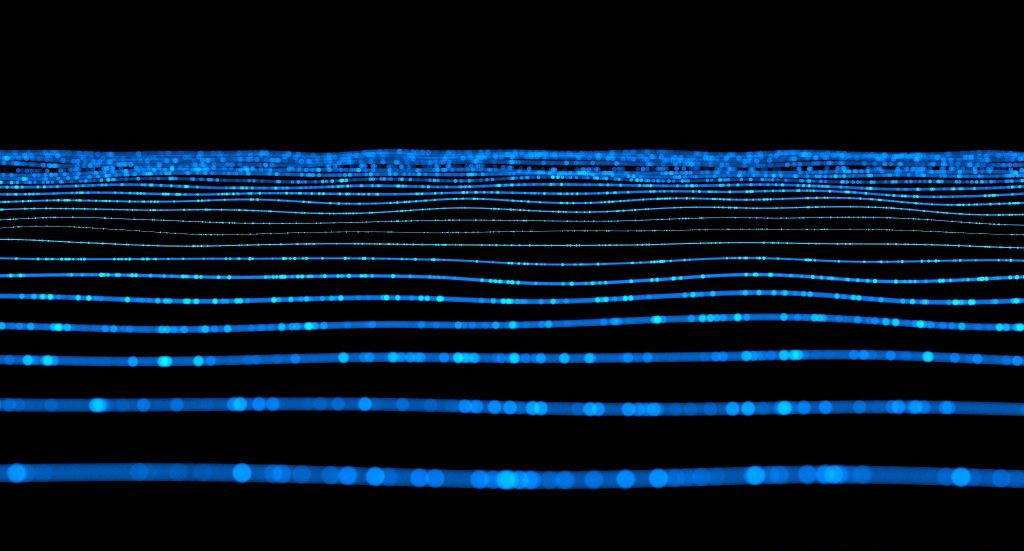Products
Industries
A rectifier is an electronic component that converts alternating current into direct current. A rectifier is similar to a one-way valve in that it allows current to flow in only one direction. The process of converting AC current to DC current is called rectification. Rectifiers can take many physical forms, such as solid-state diodes, vacuum tube diodes, mercury arc valves, silicon controlled rectifiers, and various other silicon-based semiconductor switches.

The primary application of rectifiers is to convert AC power to DC power. Since all electronic devices require the use of DC, but the power supply from the electric utility is AC, a rectifier is indispensable inside the power supply of all electronic devices, unless batteries are used. It is also used inside the power supply of almost all electronic devices. In power supplies, rectifiers are usually connected in series after transformers, smoothing filters and possibly voltage regulators. The use of a rectifier in a power supply helps convert AC power to DC power. Bridge rectifiers are widely used in large appliances where they are able to convert high AC voltages to low DC voltages.
Rectifiers are also used to provide the fixed polarity voltage required for soldering. The output current of such circuits sometimes needs to be controlled, when the diode in a bridge rectifier is replaced by a silicon controlled rectifier and its voltage output is adjusted by means of a phase-controlled trigger. Also, rectifiers can be used in electroplating, electrophoresis, surface treatment, wastewater treatment, etc.